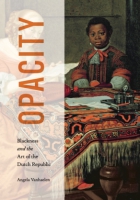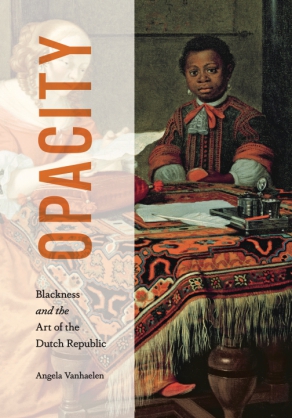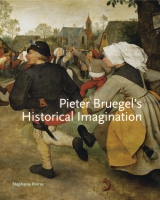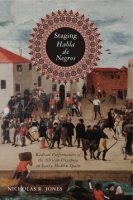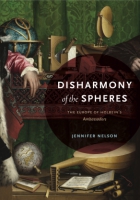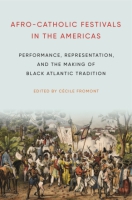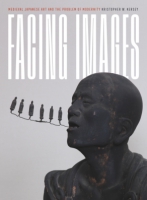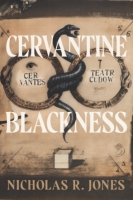Opacity
Blackness and the Art of the Dutch Republic
Angela Vanhaelen
As Dutch merchants became drivers of the transatlantic slavery business in the seventeenth century, Dutch art increasingly used Blackness to signal slavery and servitude. In this brilliant and pathbreaking work, Angela Vanhaelen proposes new ways of looking at Dutch paintings that do not equate Blackness with enslavement.
- Description
- Bio
- Subjects
Vanhaelen reframes the conversation on Netherlandish art by placing seventeenth-century domestic scenes and portraits in dialogue with images of trading forts, markets, and plantations in West Africa and Brazil. She argues that Dutch paintings depicting enslaved Black Africans—for example, Frans Hals’s Family Group in a Landscape—not only obscure information about the institution of slavery but fail to capture the resistance and dissent of people who did not conform to the anti-Black world created by Dutch art. Opacity leads readers to grapple with difficult and complex questions: How do we reconcile images of peace and prosperity with the horror of the slave trade? How do we teach imagery of Black people as enslaved without reinforcing anti-Black racism? Can we interpret dehumanizing imagery in ways that consider the complexities of enslavement?
Refusing to view Dutch pictures on their own terms, Opacity recognizes the historical persistence of non-sovereign positions, anticolonial settlements, non-patriarchal homeplaces, open-ended forms of religion and culture, as well as the possibilities of oppositional modes of world-making. This important, thought-provoking book will be essential reading for students and scholars of Black studies and early modern European art history as well as general readers looking for a fresh approach to Dutch art of the period.
Angela Vanhaelen is Professor of Art History at McGill University. She is the author of The Moving Statues of Seventeenth-Century Amsterdam: Automata, Waxworks, Fountains, and Labyrinths, and The Wake of Iconoclasm: Painting the Church in the Dutch Republic, both published by Penn State University Press.
Mailing List
Subscribe to our mailing list and be notified about new titles, journals and catalogs.
